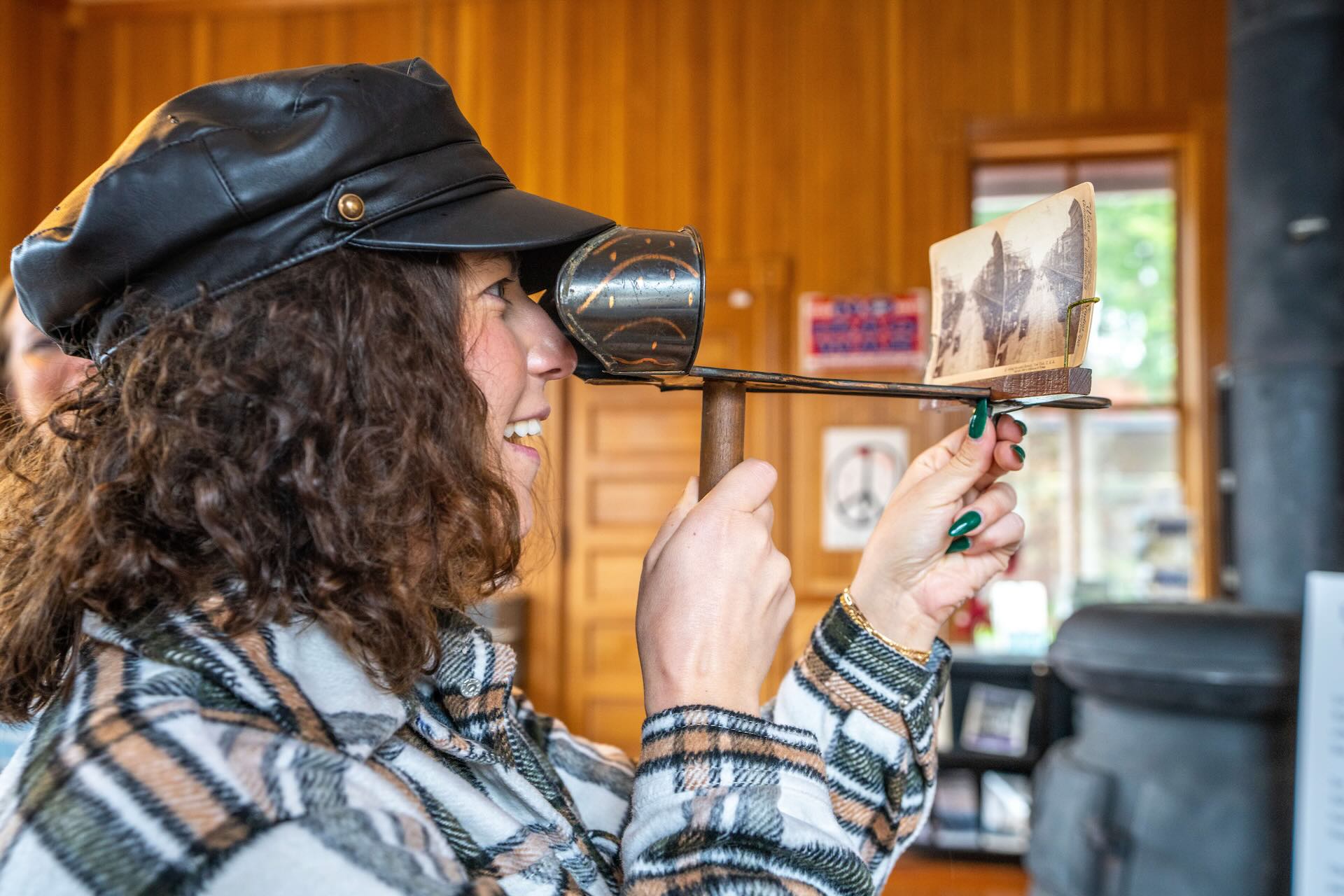A visual tour of how the city’s rising industry made its mark
The westward expansion of the United States brought settlers to Washington in search of resources to utilize, industries to build, and roots to plant for the future of their families. As the city grew and changed, so did its notable exports, and the rise and fall of the mining boom made way for growth in other areas, hurtling the city forward into what it is today. Take a peek into Issaquah’s industrial past and its pivotal role in the present.
One Name to Conquer All
In 1862, what would eventually be known as Issaquah was settled in an Eastern Washington valley, tucked away between Lake Samammish’s south end and the base of the Issaquah Alps. Originally named Squak, an Indigenous term for bird sounds, the name changed several times as the city evolved. Just before the Seattle, Lake Shore, and Eastern Railway rolled through the burgeoning city in 1888, Daniel H. Gilman, one of its most enthusiastic advocates, named the town after himself. The name was restored to its Indigenous roots in 1890 when the city’s development began to ramp up.
Below-Ground Exploration
With the advancement of the railroad came brand-new Issaquah residents from across the country, and an earlier discovery of an abundance of coal in the surrounding mountains made the once-tiny settlement a real mining boom town. Referred to as the Gilman Mines, they were marked by large, wooden structures called “bins” or “bunkers” where coal would be stored until it could be transported. The mine entrance bores deep into the mountainside, often with railroad tracks required to move the mined coal into storage.
The Grand Ridge Mine, Issaquah-Superior Mine, and Tiger Mountain Caroline Mine sites are near present-day Issaquah, but they have been out of operation since the mining boom busted in the early 1900s. Today, the Issaquah History Museums and the Issaquah Alps Trails Club offer a variety of guided mining history hikes that will bring visitors to the mine entrances and provide detailed information about how they operated.
The City that Shouts “Timber!”
The mining business wasn’t the only thing that benefitted from a railroad running through Issaquah — the lush and expansive Tiger Mountain State Park provided ample opportunities for timber and logging companies to begin operations in town, and the train moved the lumber to growing cities around the state. The largest of these was the Issaquah Lumber Company, whose lumber mills suffered two devastating fires in 1925 and 1944. Despite these disasters and occasional closures when the company changed hands, it has endured throughout the years.
These days, Issaquah Lumber Company is known as Issaquah Cedar & Lumber and is still in business. Visitors can still stop in and browse their timber specialties. The Issaquah Depot Museum (part of the Issaquah History Museums) has a wealth of exhibits and artifacts from this time, centering around the logging industry and the importance of the local railroad. Of course, Tiger Mountain State Forest still stands peaceful and majestic, providing those who walk its floor with extensive hiking and mountain biking trails, paragliding from the heights, and relaxing amid the wildlife and natural landscape.
Settling into Farming
Among many important considerations for early settlers, establishing their farming industry was at the top of the list, both for survival and economic expansion. Hops were among Issaquah’s early specialties, and harvests were so plentiful and high quality that they were exported to Germany when European crops were damaged. Issaquah’s hops also fueled breweries stateside, particularly in nearby Seattle, as it started to become the beer haven it is today. While most hops are now produced outside of the city, Washington is home to over 90% of domestic hops production, and it’s long been said that you can still find hops plants blooming in Lake Sammamish State Park.
Issaquah’s most enduring agricultural venture? The noble dairy farm! In addition to milk, other refrigerator staples were frequently produced in the city, much of it at the historic Pickering Barn. What was once Issaquah’s largest dairy farm is still open for visitors. However, you’re unlikely to find cows roaming the picturesque site today — Pickering Barn is the home of the Issaquah Farmers Market and a rentable event venue for weddings and other special occasions. If you’re curious about the city’s present-day dairy contributions, check out a tour of Darigold Issaquah, a big-name sour cream, butter, and cheese processing plant in the historic Issaquah Creamery building.

